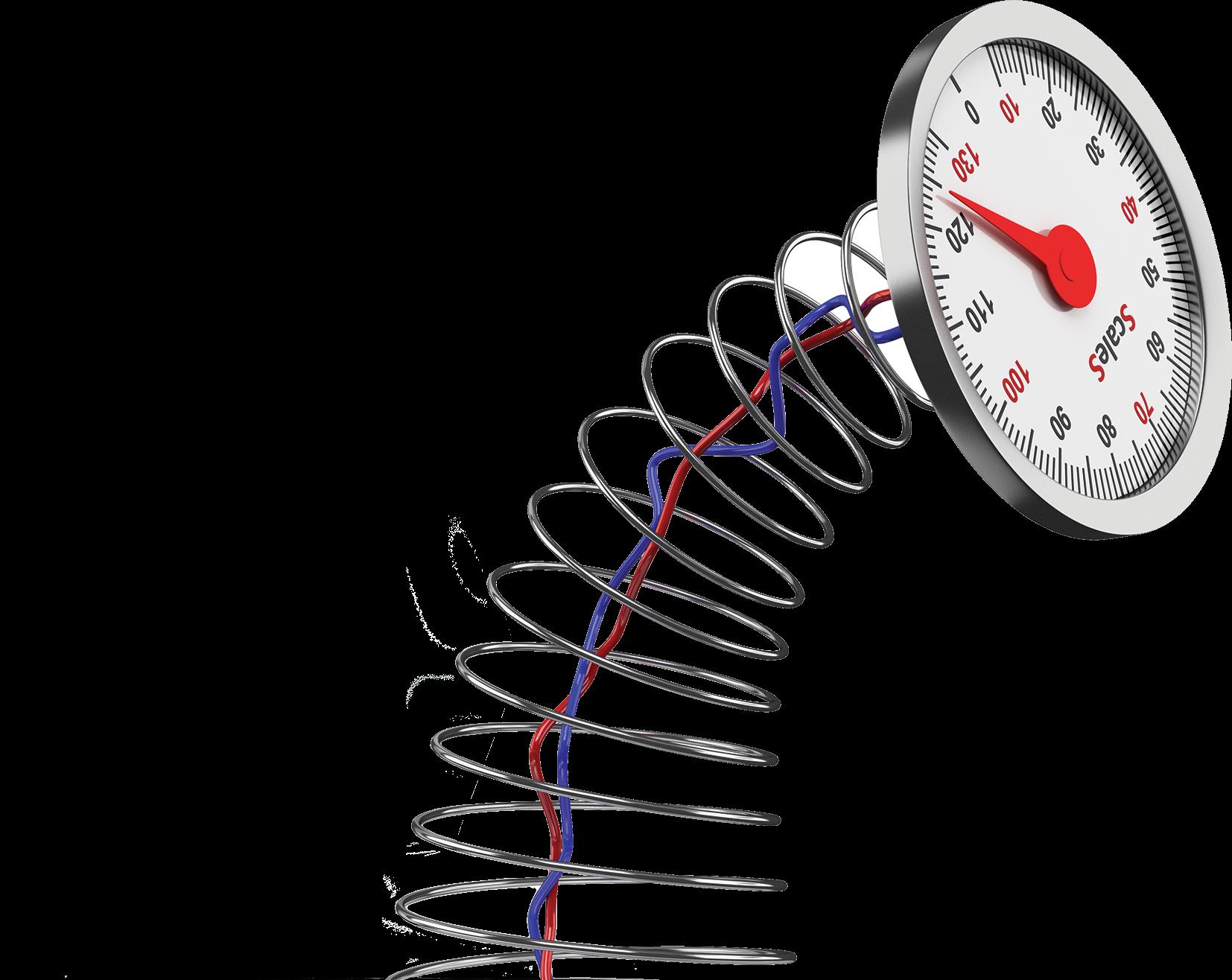36
SF | CPD: PSYCHIATRY
September 2021 | Vol. 21 No. 9 www.medicalacademic.co.za
Photo credit: Shutterstock.com
This article was independently sourced by Specialist Forum.
The progressive nature of DEPRESSION DEPRESSION
Globally, major depressive disorder (MDD) is one of the most severe and common psychiatric disorders. It is characterised by sadness, loss of interest or pleasure, feelings of guilt or low self-worth, disturbed sleep or appetite, feelings of tiredness, and poor concentration. In its most severe form, depression can lead to suicide.1,2
A
2018 meta-analysis evaluated the aggregate prevalence of depression in communities from 30 countries between 1994-2014. A total of 90 studies were identified and met the inclusion criteria (n =1 112 573 adults).1 Among continents, South America had the highest aggregate prevalence at 20.6%. This was followed by Asia at 16.7%, North America at 13.4%, Europe at 11.9%, and Africa at 11.5%. Australia had the lowest prevalence of depression at 7.3%. The prevalence of depression was significantly higher in women 14.4%).1 Numerous studies have shown an increase in psychiatric conditions such as MDD and anxiety since the outbreak of the Covid-19 pandemic. MDD disproportionately affects women and Covid-19 is likely to have far-reaching consequences for women’s mental health. 3 GlobalData Healthcare estimates that the
is twice as high in women (10.4%) compared to men (5.5%). Women have suffered the majority of pandemic-related economic and job losses globally. For example, in the United States, women account for 53.8% of overall net job loss since the start of the pandemic, report GlobalData. 3 In some people, MDD runs a chronic course and substantially impairs their occupational potential and quality of life. The World Health Organization (WHO) predicted that by 2020, MDD will rank second in the global disease burden rankings and by 2030 it will be the leading cause of disability. The reason for this is because of MDDs progressive nature, which is associated with poor prognosis, loss of working ability and impaired social functioning. 2
Abnormal brain structural and functional alterations indicated in MDD
considered mainly due to abnormalities in neurotransmitters, especially serotonin, norepinephrine, and dopamine. This has been evidenced by the use of different antidepressants such as selective serotonin receptor inhibitors, serotonin-norepinephrine receptor inhibitors, dopamine-norepinephrine receptor inhibitors in the treatment of depression.4 However, in recent years, advanced brain imaging techniques such as ultra-high definition magnetic resonance imaging (MRI), has allowed scientists an unprecedented insight into how brain dysfunctions lead to MDD. 5 Based on these insights, scientists now belief that MDD is caused by abnormal alterations in brain structure and functionality. Negative correlations were found between a greater number of prior depressive episodes and a reduction in the hippocampal and amygdala volume, as well as the thinning of
12-month total prevalence of MDD for this year
Previously, the cause of MDD was
the medial prefrontal cortex (PFC). It was also
















